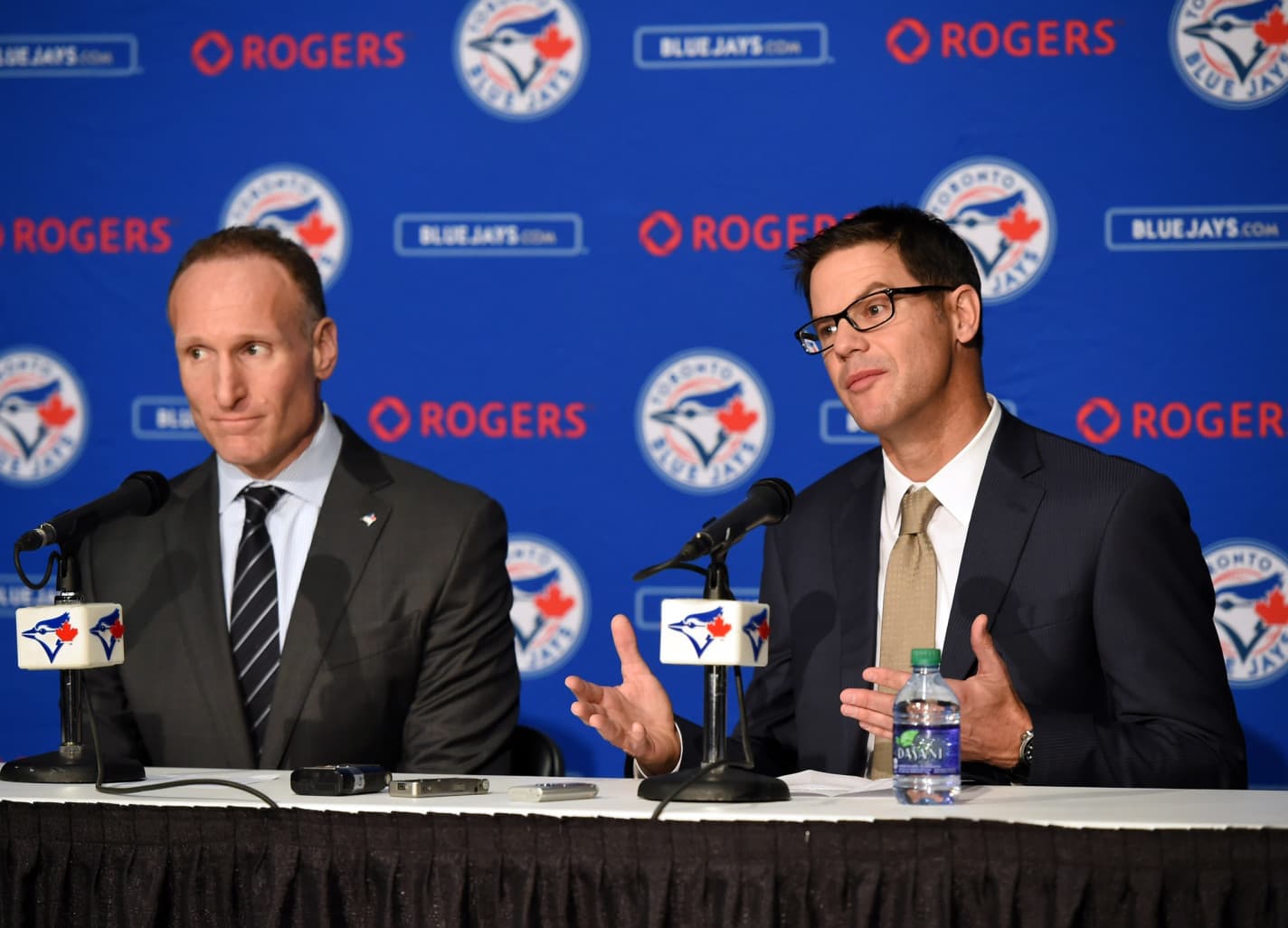Examining the Shapiro Era Trades, Part two: The Losses
Photo credit: Dan Hamilton-USA TODAY Sports
2 years ago
Keep scrolling for the next article
Breaking News
- Blue Jays 2024 Player Review: Ernie Clement impressed during his first full MLB season
- Spencer Horwitz named as MLB Pipeline’s All-Rookie Second Team first baseman
- Alejandro Kirk was once again robbed of a Gold Glove
- Canadians Smith and Sabrowski continue to pitch in big situations for the Cleveland Guardians this postseason
- Which relievers on the Blue Jays’ 40-man roster will be on the 2025 team?
